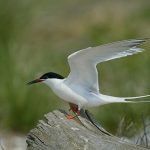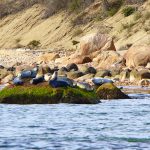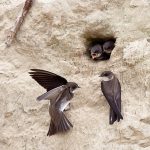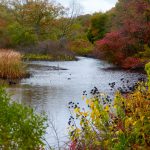Part 3: The Mystery of Plum Island’s Wildlife Will Soon be Revealed
Final Biological Report Due in June
This article is the third in a series following the ongoing work of the New York Natural Heritage Program (NYNHP) on Plum Island, NY. For background please read the first and second articles.
Last year the NYNHP started a first-ever, four-season, comprehensive survey of the flora and fauna of Plum Island, along with the marine communities surrounding the island. In December, the scientific team completed the last of their field surveys, and worked through the winter analyzing the hundreds of specimen samples, footprints, scat, acoustic recordings, and field notes taken over the previous ten months.
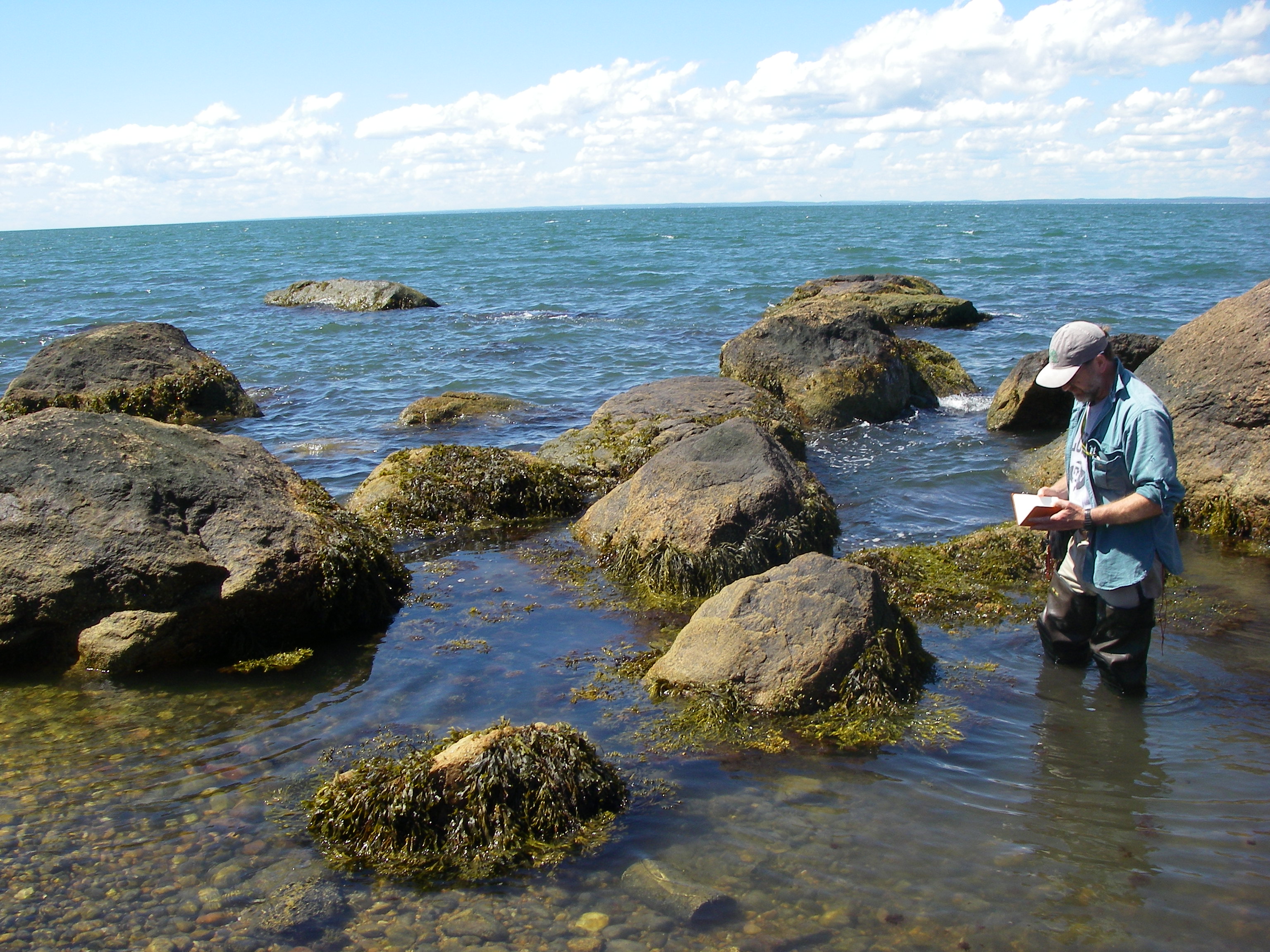
“We believe we have done a pretty thorough biological inventory of Plum Island, more so than in most places we’ve studied”, said Matt Schlesinger, Chief Zoologist of the NYNHP, in an interview on April 7. “We expect our final report to be completed by the end of June [2016].”
Photos courtesy of Robert Lorenz, AJ Hand, and U.S. Fish and Wildlife Service
Again, as in previous interviews, Matt could not reveal what wildlife had been discovered due to a non-disclosure agreement with the Department of Homeland Security, the island’s federal operator. But, he did say, leaving me utterly tantalized, “We did have some interesting and exciting finds, with a few being unexpected, which should impact the future management plan for the island. Plum Island is a cool and unique place with a lot of biodiversity. With management and restoration, this island could be mind-blowing.”
Matt then described the survey activities that took place during the late-summer and fall months of 2015. “Audubon volunteers listened for calls of nocturnal birds, including owls, Eastern whip-poor-will, common nighthawk, Chuck-will’s-widow , and various species of rails, explained Matt, “many of which have declining numbers in New York.” So far, 220 bird species have been found on Plum Island, which lies within an Important Bird Area. The addition of more nocturnal species to the island’s list certainly would be exciting.
“We continued our bat surveys at night, again searching the old, Fort Terry ammunition bunkers and tunnels of the island,” reported Matt. “One of our scientists, Kelly Perkins, used both stationary and traveling echolocation devices to detect bats throughout the island.” He described how Kelly would hang her arm out the window of a moving vehicle as it crossed the island, holding the echolocator, and nearly ‘freezing her arm off’ in the December night air. The device captures the high-pitch sound waves that bats emit beyond human detection, and later, specialized computer software searches the voluminous data for bat-specific frequency patterns. Once the data had been winnowed by the software, Kelly could then read and “listen” to selected segments, and verify the species.
Chart Guthrie and a team of fisheries biologists from the New York Department of Environmental Conservation used a variety of techniques to capture and study the fish and other creatures which may be inhabiting the interior 100-acre freshwater wetland system—or what was thought to be freshwater. “It was discovered that many areas of the inland wetland system are actually brackish and not fresh as originally assumed,” said Matt, “and the fish identified are those that you would expect in brackish waters.”
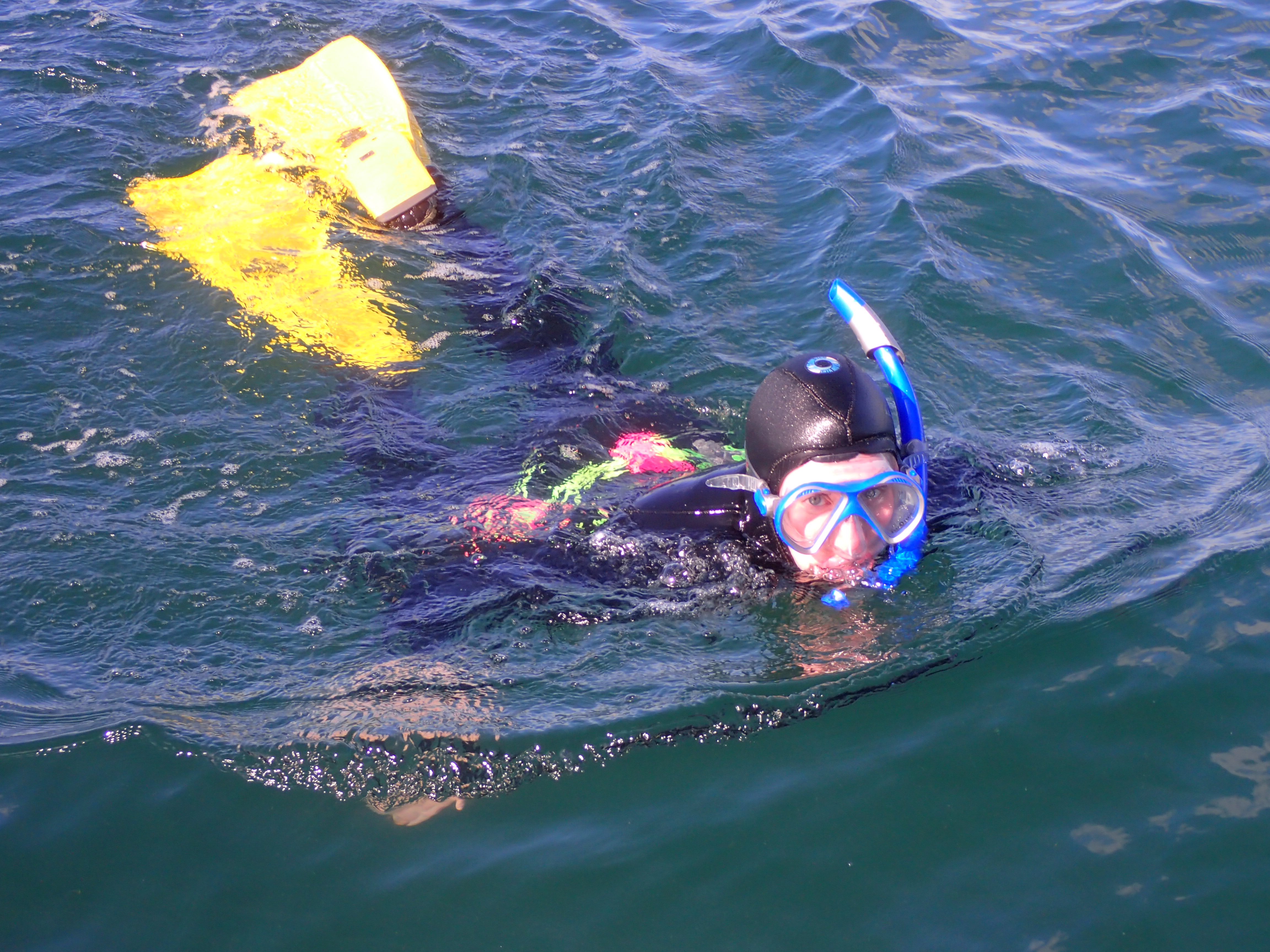
Around Plum Island lies the rocky intertidal zone, influenced by riptides named ‘Plum Gut’ to the west and ‘Sluiceway’ to the east. Some of the largest concentrations of fish in the entire Mid-Atlantic coast can be found here, as well as the largest grey and harbor seal “haul-out” in all of southeastern New England—up to 600 seals have been counted. In October, after two attempts in September were aborted due to rough seas, a team of scientists were deployed to explore the marine communities around Plum Island. “Our goal in one day was to document the eelgrass beds and other near-shore communities around Plum Island,” said Matt, “and maybe spot sea turtles foraging.”
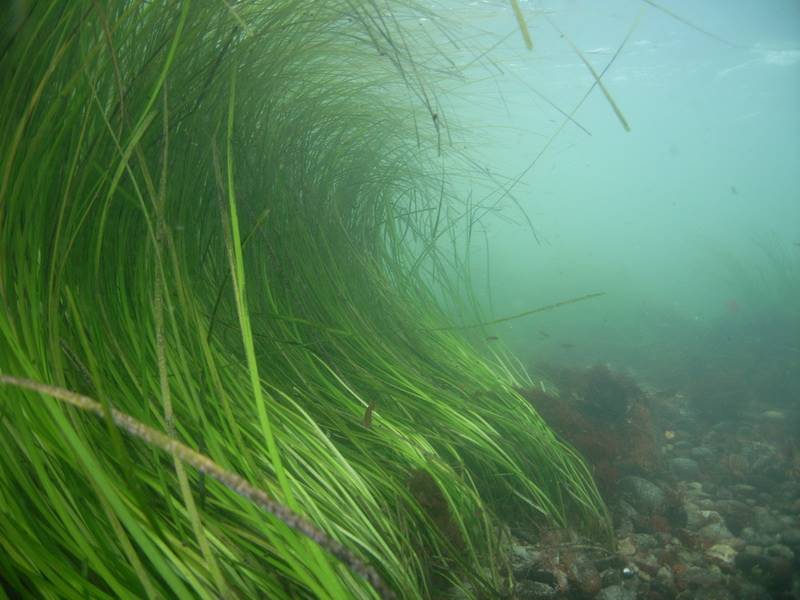
Botanist Steve Young completed a study of the island’s rare plants, looking to verify and possibly add to the list of 16 rare plants previously identified on the island. Scientists Neil Schoppmann and Dylan Parry used blacklight traps to capture and identify the island’s moths. NYNHP also surveyed for bumble bees, beetles, butterflies, dragonflies, and damselflies.
So, we are now left waiting, tantalized and yearning for the final report in June! Stay tuned for the fourth article in the series, and learn about the discoveries made on Plum Island. Please visit www.preserveplumisland.org for more information. To get updates on what you can do to save this spectacular island, which is threatened to be sold to the highest bidder, please sign up for Plum Island Alerts.
Posted by Chris Cryder, special project associate for CFE/Save the Sound

